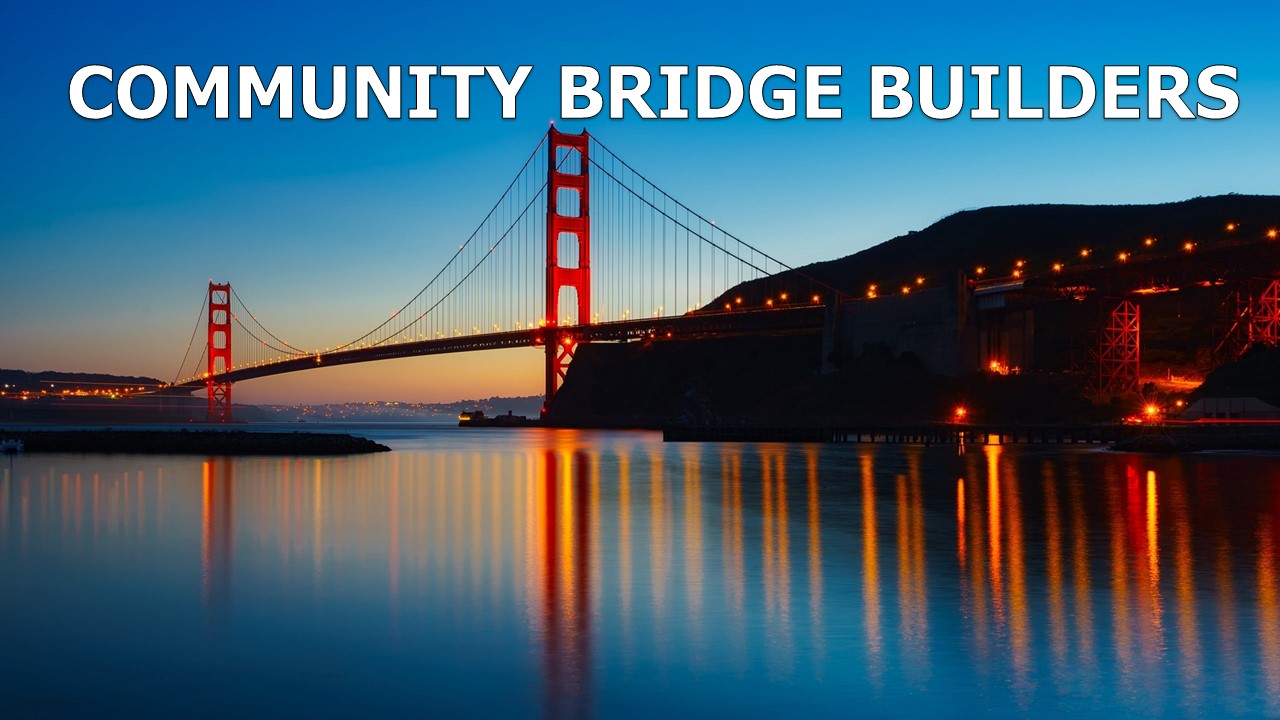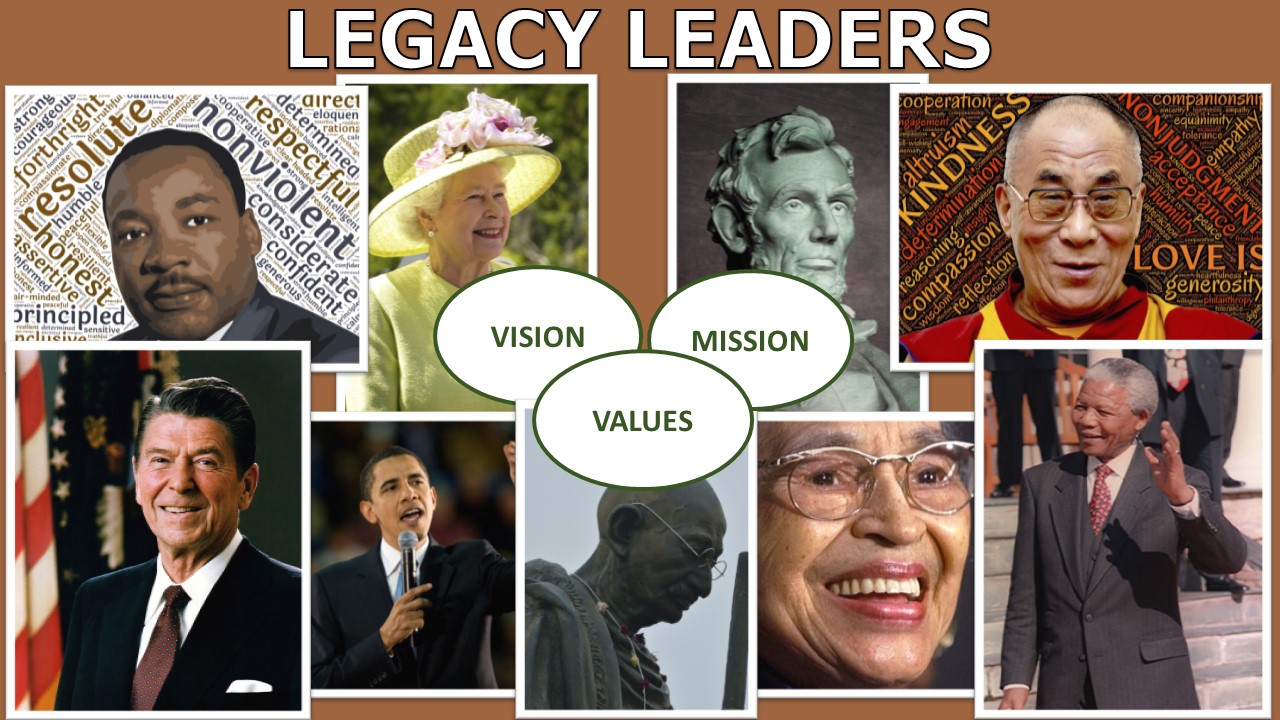If you’re like most Business Resource Groups (often referred to as Affinity or Employee Resource Groups) you’ve likely performed some of the basic steps within the Diversity Initiative in your organization. You’ve probably focused on recruiting more women and people of color. You’ve put a Diversity Statement on your company’s website. You’ve hosted Awareness Programs each month related to Diversity such as Women’s History, Pride, Disability, Black History, Veterans, Hispanic Heritage, and several others. And you’ve participated in peer coaching, mentoring, and other learning events.
Now it’s time to take your BRG efforts to the next level by assisting in driving Inclusion in your organization. So what does that look like?
Consider that if these six realities existed in your culture, how much more engagement, productivity, and retention the organization would experience.
- Imagine a world/workplace where all of the attributes that make you unique are welcomed and embraced.
- Imagine a workplace where you can bring your full and best self to work every day and share ideas and perspectives openly and honestly, without fear of retribution.
- Imagine a workplace where no one has to cover (or downplay or disassociate from a part of your diversity or uniqueness) just to be accepted/fit in with the Dominant Group. Currently, research tells us that 75% of workers report that they do some form of covering at work.
- Imagine a workplace where no person is made to suffer from the Imposter Syndrome or where no ISMS, Phobias, Microaggressions, nor biases are tolerated.
- Imagine a workplace culture where your identity contributes to your own growth and the success of the team.
- Imagine a world where the vast majority of people wake up every day inspired to go to work, feel safe while they are there, and return home at the end of the day fulfilled by the work that they do.
This is the important contribution and impact that Business Resource Groups can have on an organization’s culture. Every leader can help to cultivate a culture of inclusion, belonging, and high performance.
Consider these 4 Key Roles that every BRG leader should play to contribute to sustained culture change and to fully demonstrate the “B” in BRGs.

No company is perfect, but BRG leaders (and the members) must represent the best of the company as Brand Ambassadors. Top talent today makes decisions based on the reputation and the brand of the company and its success. They do their due diligence, meaning they research the company and ask pointed questions to ascertain what kind of company culture and benefits exitsts. And they want to work for a company that aligns with their values. Most importantly, they want to see that its leaders walk the talk. That includes BRG leaders as well.
ERG leaders must personify the values of the company in all that they do and say. They should be brand ambassadors for the teams and divisions that they lead and support; for their clients; for the Boards that they serve on in the community and events that they attend. Ultimately, they should be brand ambassadors in the grocery stores, in the hotel lobbies, in the parks, on the golf course, in the malls, and everywhere they go and every person that they touch.

Secondly, BRG leaders should be Community Bridge Builders.
It is a basic human need to have a sense of belonging, to be connected to something or someone, and to feel a part of something significant and bigger than you. Equally, it is a basic human need to feel safe.
BRG leaders can be Community Bridge Builders by creating a sense of community, learning, and inviting diversity of thought and perspectives both in and outside of the workplace.
BRG leaders can help to facilitate opportunities for dialogue, courageous conversations, understanding and acceptance. Yes, in particular, the sensitive, polarizing, and the most misunderstood aspects of our identities, our histories, and our experiences (such as religion, sexual orientation, politics, culture, race, and disabilities).
Finally, BRG leaders can help to provide the tools and resources needed to minimize culture clashes, culture wars, and cultural insensitivities that people experience, in and outside of the organization.

Thirdly, BRG leaders must be Culture Evolutionaries.
Culture is not something you always see; but it is something that you experience.
There are artifacts that represent the company culture such as the wall of Founders or Past Presidents that hang in the lobby, dress code, how the receptionist greets you, the physical décor of the building, food, the mission and vision statements on the wall, to name a few. However, the aspects of culture that cannot be seen but experienced are the areas that cause the greatest amount of misunderstandings, disengagement, low performance, and/or turnover. They can include unwritten rules, perceptions, norms, company politics, traditions, and beliefs. Therefore, BRG leaders can play a significant role in ensuring that the culture continues to evolve rather than remain static; to progress from archaic belief systems that breed homogeneity and conformity– to cultures that foster trust, empowerment, respect, and belonging.
Learn from companies such as Nike, Uber, CBS, Mattel, the NFL, Starbucks, General Motors, Facebook, United Airlines, Wells Fargo and many others who have had to address and evolve their culture in the public’s eye and repair the reputational damage caused by bad behavior of its leadership. Forward thinking and inclusive leaders recognize that culture transformation must be a strategic focus and a business strategy. To not transform the workplace culture in this Era of Disruption, and in this global, diverse, multicultural, and ever-changing society is a going-out of business strategy.

Fourthly, BRG leaders must be Legacy Leaders.
This work is too important and has the potential to live on for generations. The workplace that organizations become known for by 2030 or by 2050 depends on the seeds that leaders sow today and the accomplishments that are achieved in the future. Some leaders will retire from their current company; some will move on to new opportunities; and others will move up in their current organization. But wherever life takes you in the next 5, 10, or 20 years, I encourage you to be a Legacy Leader.
My Charge to You…
I opened this article asking you to imagine a world/workplace where all of the attributes that make you unique are welcomed and embraced, or one where you can bring your full and best self to work every day and share ideas and perspectives openly and honestly, without fear of retribution, etc. When you operate as a Legacy Leader we will no longer have to imagine these kinds of workplaces because the work that you do will help to make them a living reality. Ultimately, the goal of a Legacy Leader is to leave the organization better than you found it.
